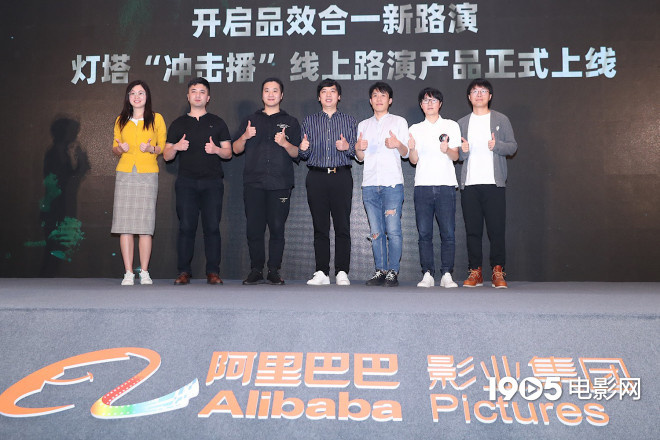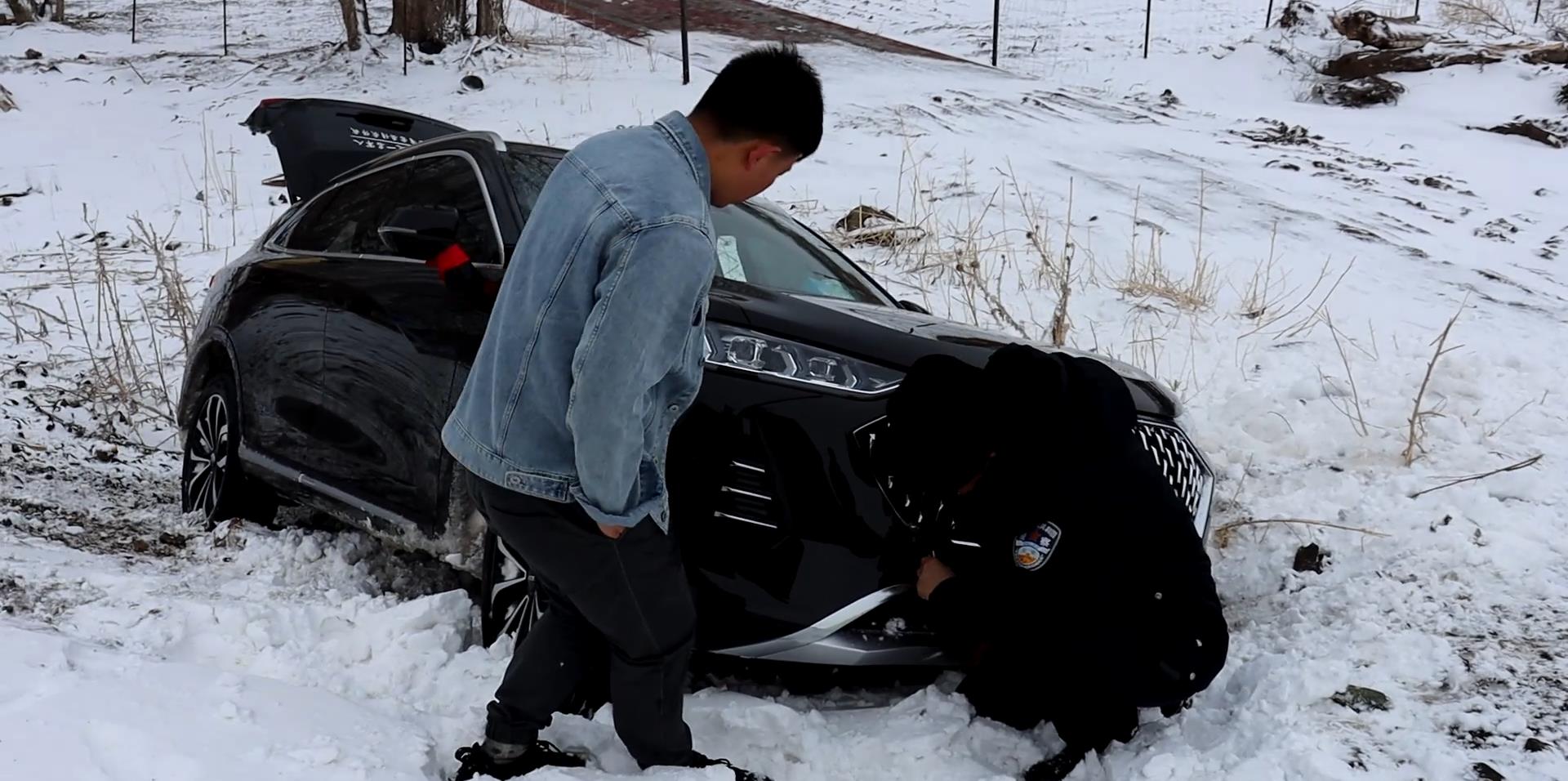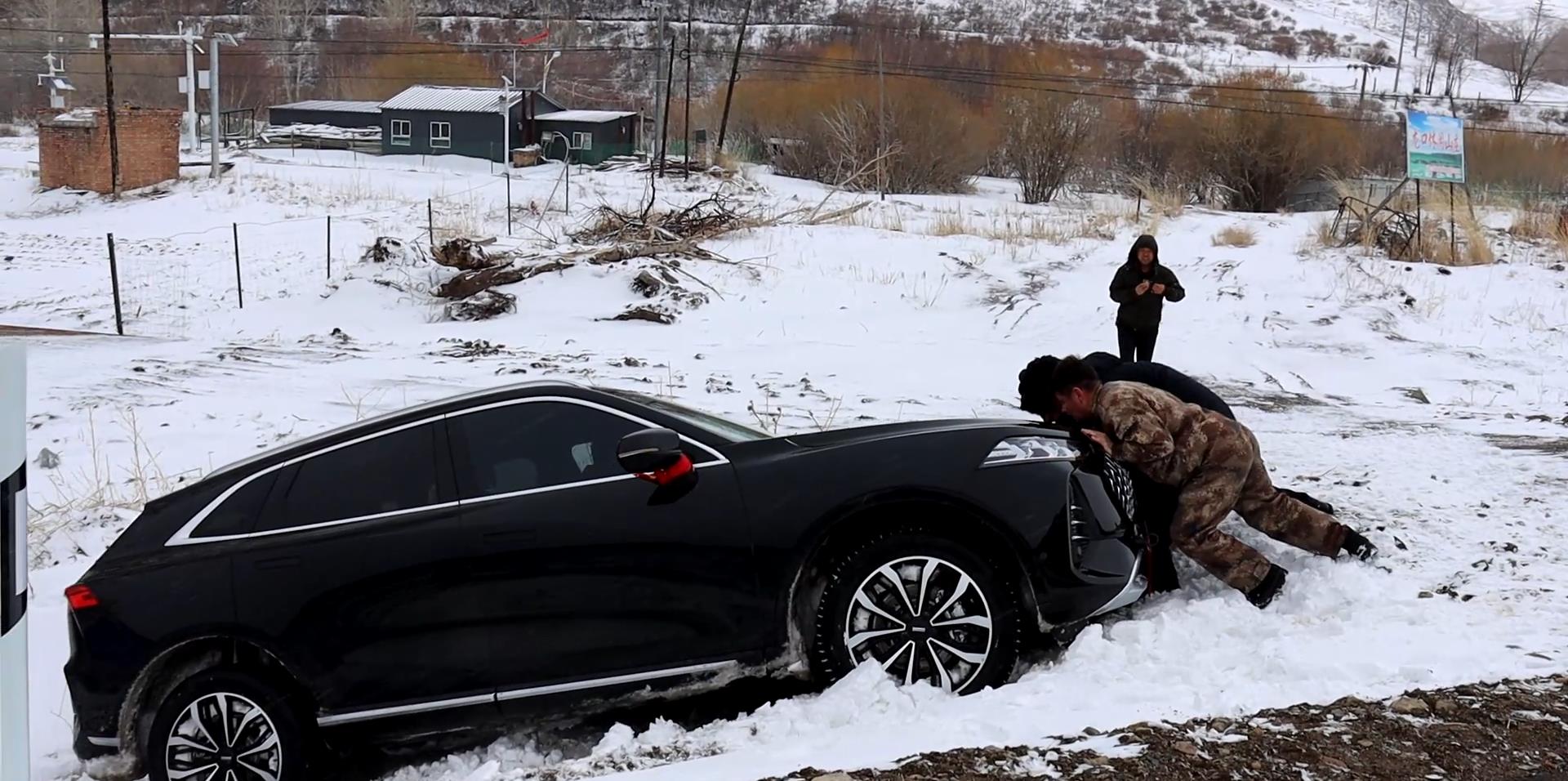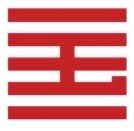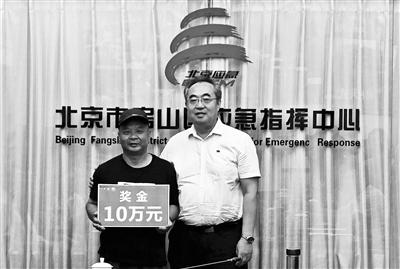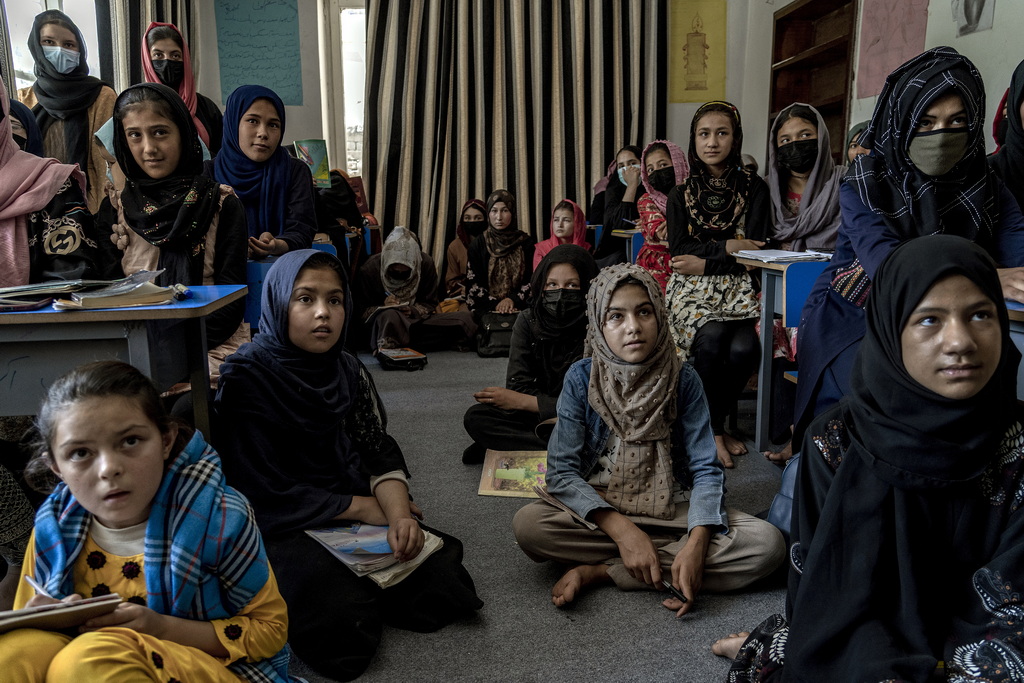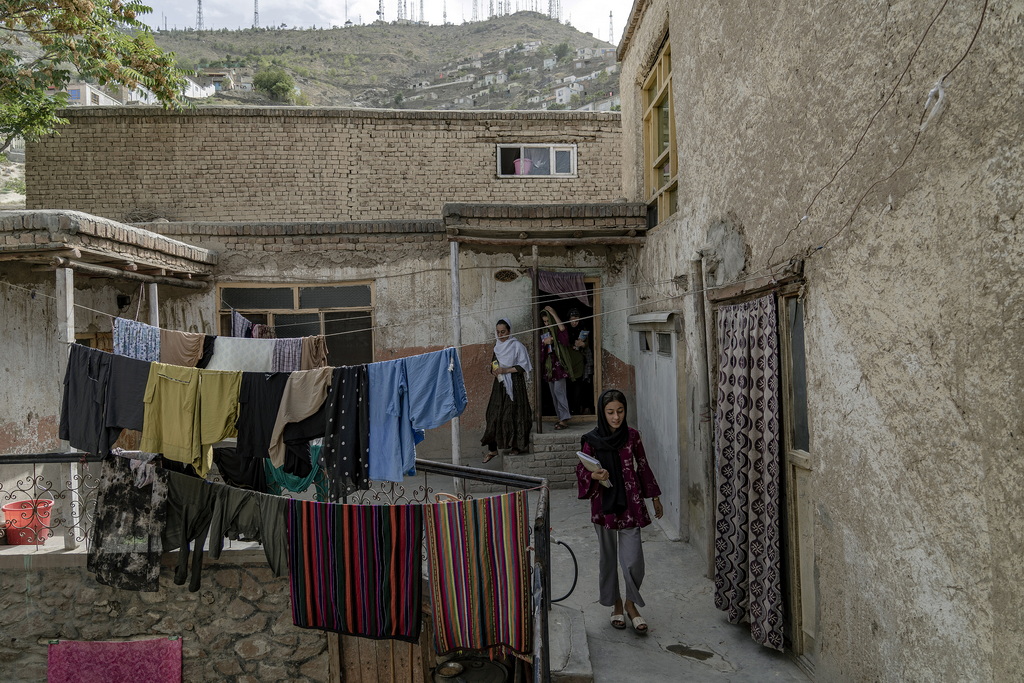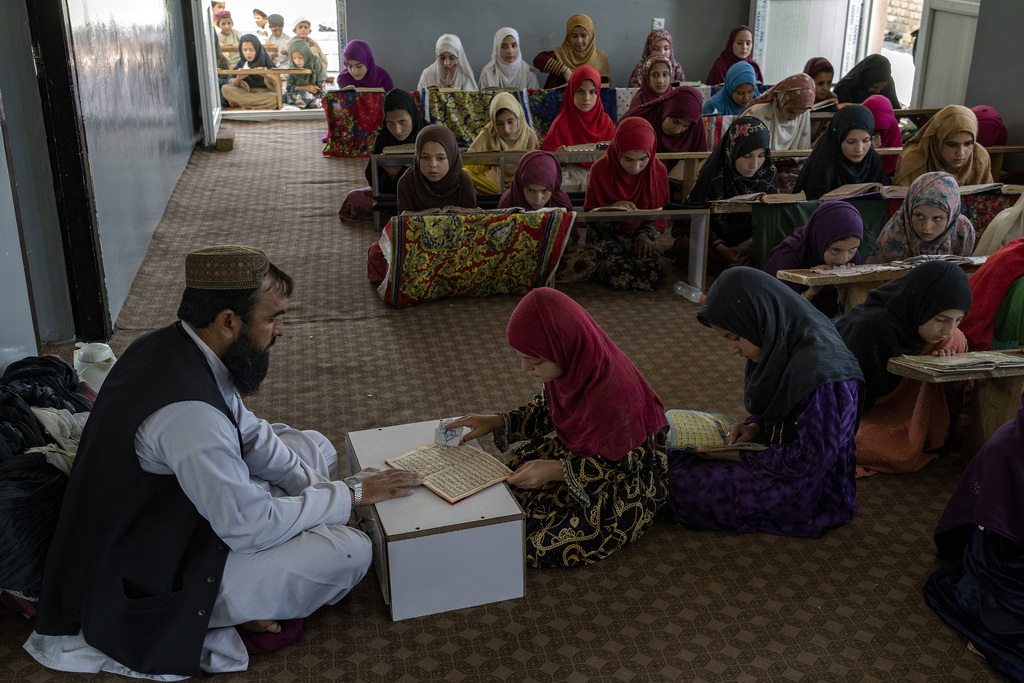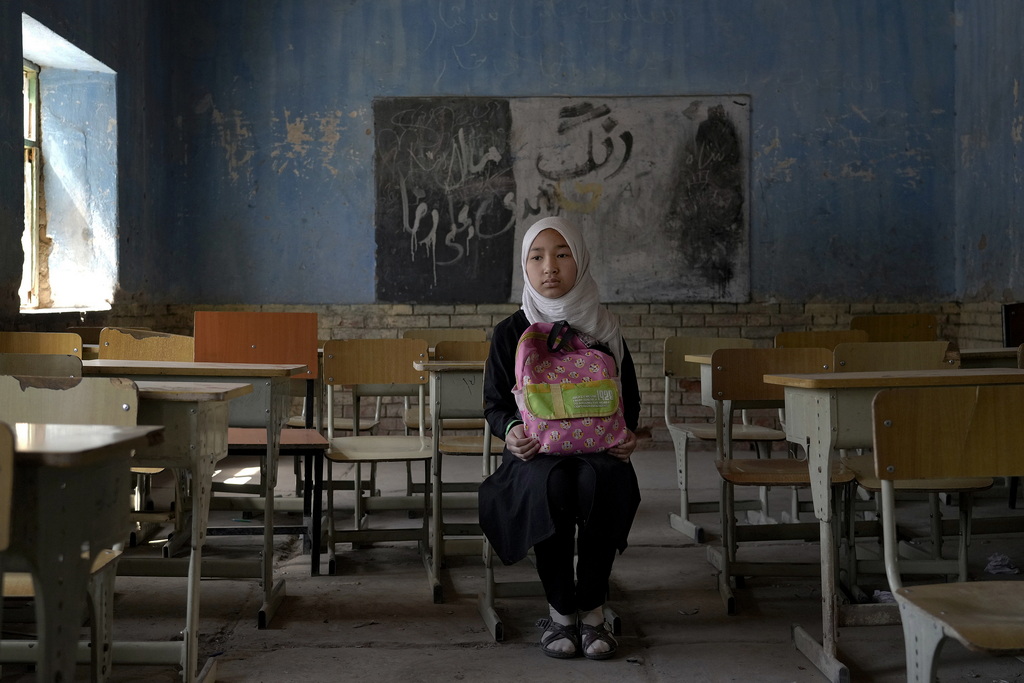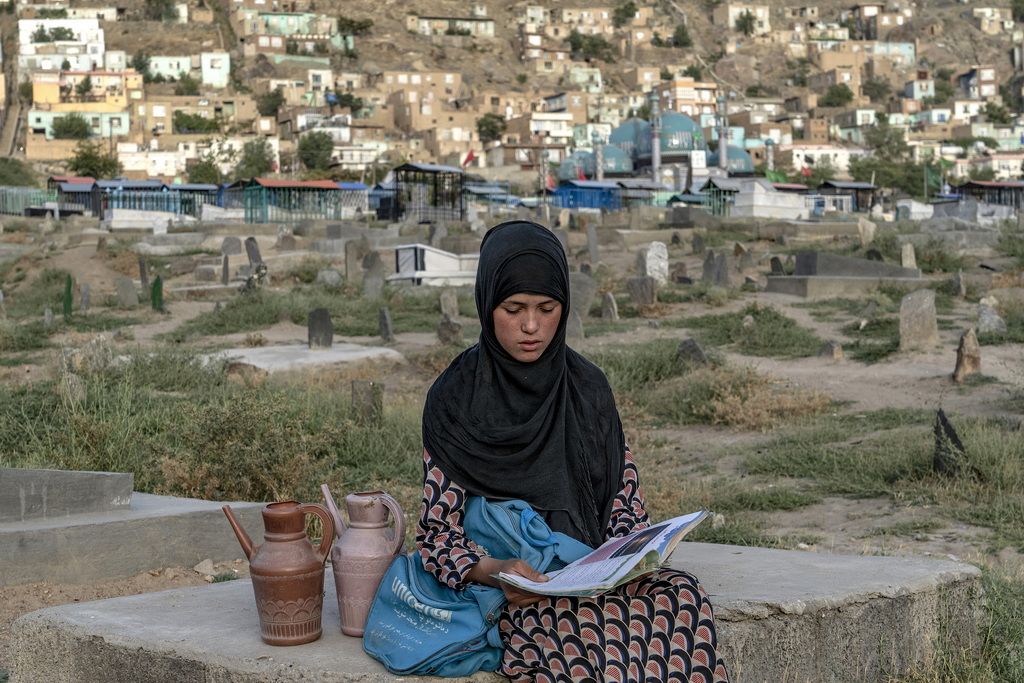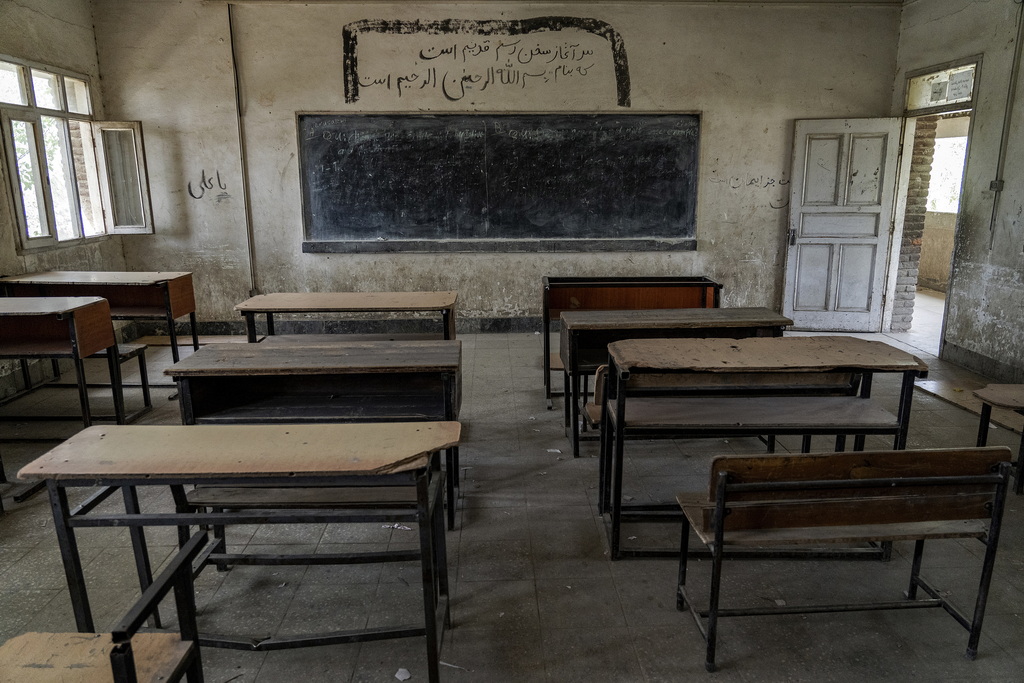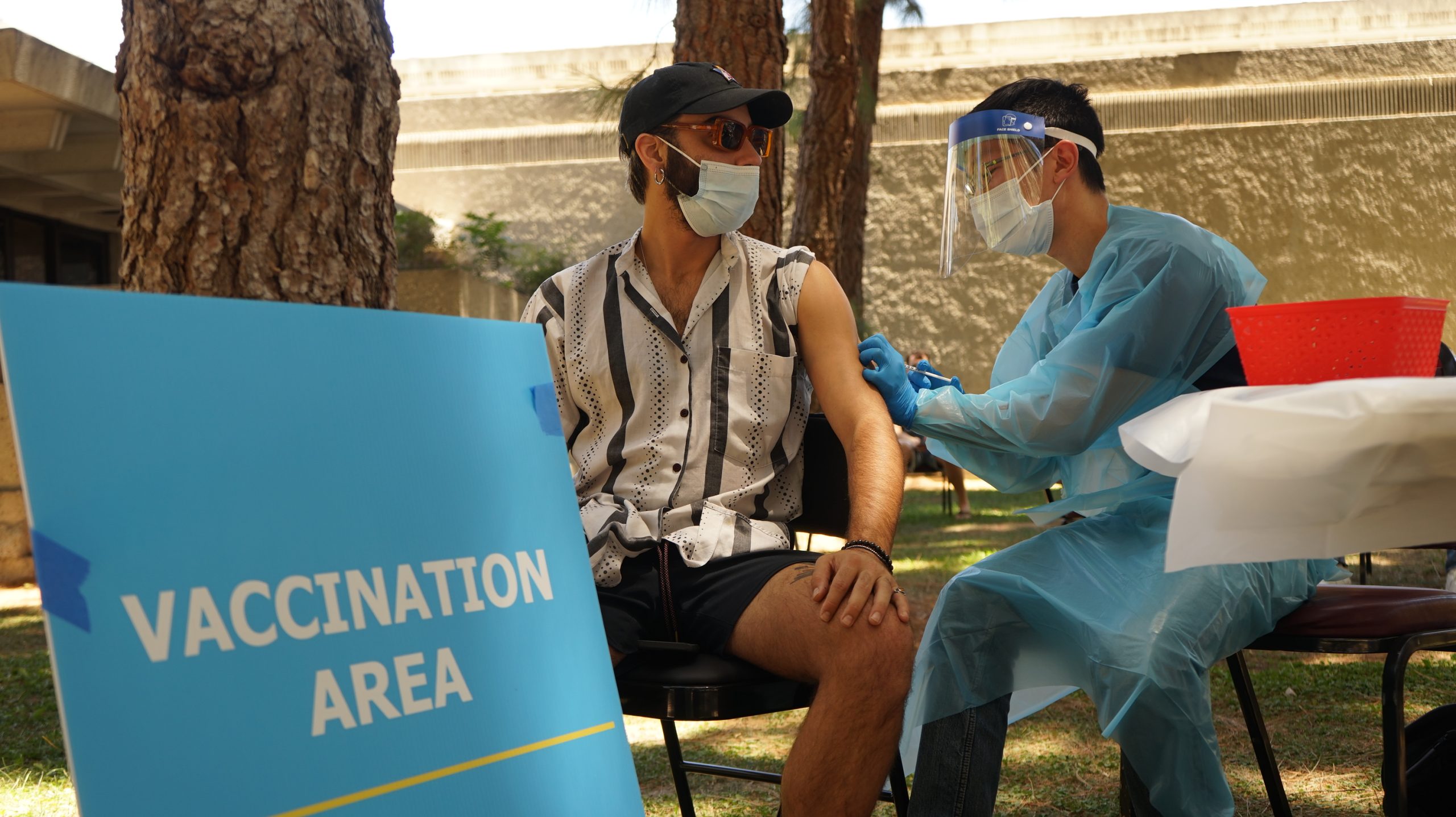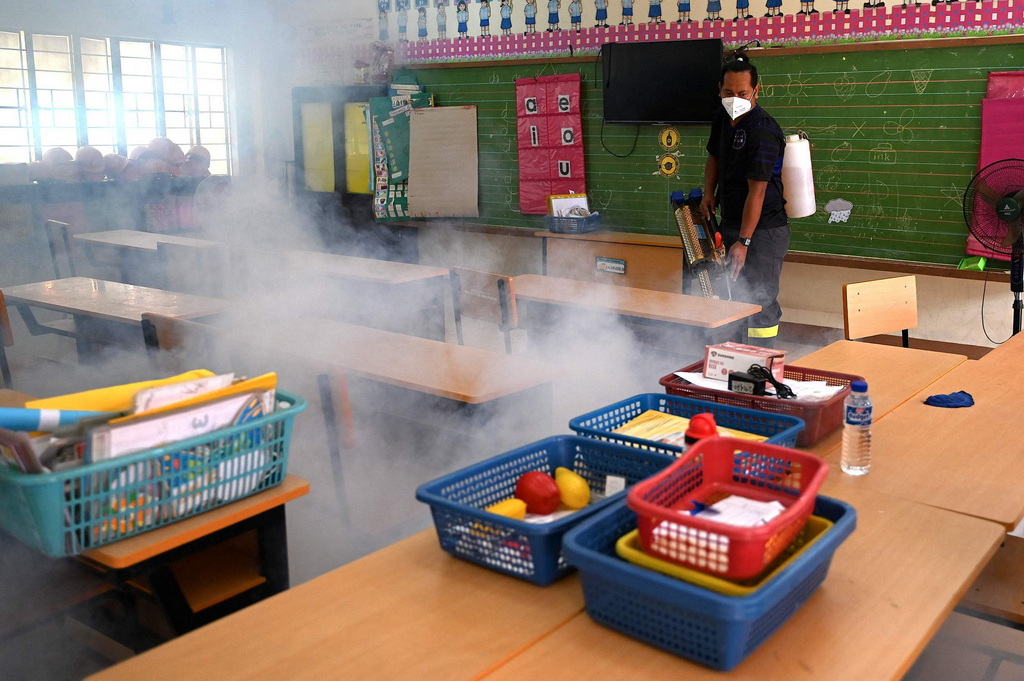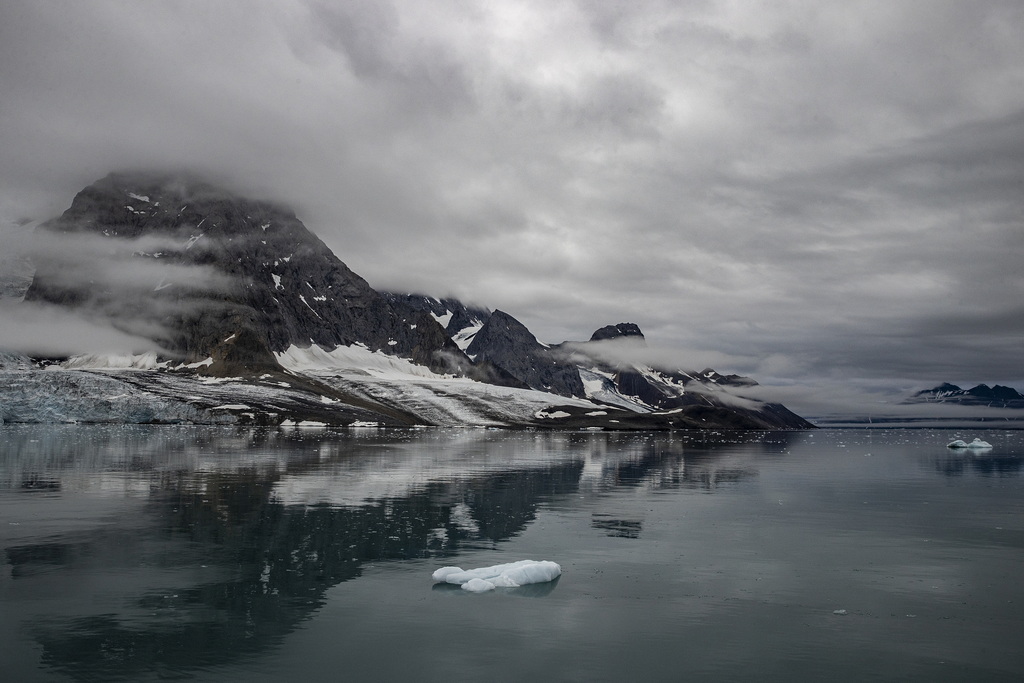Xinhua News Agency, Beijing, January 2nd Title: Gathering the majestic power to forge ahead in a new era and start a new journey — — Summary of Ideological and Cultural Propaganda in 2017
Xinhua News Agency reporters Huang Xiaoxi and Rong Qihan
Great cause, great change, will certainly move forward in connecting the past with the future and opening up the future.
Since the 18th National Congress of the Communist Party of China, under the strong leadership of the CPC Central Committee with the Supreme Leader as the core and under the guidance of Socialism with Chinese characteristics Thought Science in the new era of the Supreme Leader, the propaganda and ideological and cultural work has made historic achievements and undergone historic changes. The party’s leadership in propaganda and ideological and cultural work has been comprehensively strengthened, the party’s theoretical innovation has been comprehensively promoted, the cultural self-confidence of the whole party and society has been greatly enhanced, the guiding position of Marxism in the ideological field has become more distinct, and the ideological unity of the whole party and the people throughout the country has been consolidated.
Looking back on 2017, the ideological and cultural front of propaganda closely revolves around the main line of welcoming, publicizing and implementing the 19th National Congress of the Communist Party of China, and inspires the whole party and the people of the whole country to forge ahead in a new era and start a new journey with a louder theme and stronger positive energy.
Holding high the banner of thought, the party’s heart and people’s hearts are greatly condensed.
On October 24, 2017, the 19th National Congress of the Communist Party of China, which attracted worldwide attention, was successfully concluded.
This epoch-making and landmark congress established the Supreme Leader’s Socialism with Chinese characteristics Thought in the new era as the guiding ideology that the Party must adhere to for a long time, and set up the ideological banner of the Communist Party of China (CPC) people and the spiritual banner of China people in the new era.
On the grand journey of the Chinese nation towards the great rejuvenation, Socialism with Chinese characteristics Thought, the supreme leader in the new era, which is full of powerful truth power and unique ideological charm, is like a dazzling torch, illuminating the way forward for hundreds of millions of Chinese people.
Flags guide the direction, and torches illuminate the future. It is the duty and mission of the ideological and cultural front to promote the latest achievements of Marxism in China to be deeply rooted in the hearts of the people, making it the backbone of party member cadres and the masses in politics, the star in thought and the compass in action.
As soon as the 19th National Congress of the Communist Party of China was closed, the central propaganda group formed by Publicity Department of the Communist Party of China and relevant departments of the central government went to all parts of the country to preach the spirit of the 19th National Congress of the Communist Party of China, and the most important thing was to preach the Supreme Leader’s Socialism with Chinese characteristics Thought in the new era.
There were 36 lectures, nearly 60 interactive exchange activities in various forms, with nearly 520,000 direct listeners and more than 21 million indirect listeners through TV, Internet and other channels … … The central propaganda group went into enterprises, rural areas, institutions, campuses, communities, military camps and the Internet, and had face-to-face interaction with local cadres and masses, rigorously and vividly explained the spirit of the 19th National Congress of the Communist Party of China, and thoroughly explained the Supreme Leader’s Socialism with Chinese characteristics Thought in the new era, so that ordinary people could understand, understand and implement it.
In the upsurge of studying, propagating and implementing the Supreme Leader’s Socialism with Chinese characteristics Thought in the new era and the spirit of the 19th National Congress of the Communist Party of China, the second volume of The Supreme Leader’s Talks on Governing the Country edited by Publicity Department of the Communist Party of China (the State Council Press Office) in conjunction with relevant departments was put on the counters of major bookstores to meet Chinese and foreign readers.
The second volume of The Supreme Leader’s Talks on Governing the Country and Politics, together with the first volume of The Supreme Leader’s Talks on Governing the Country and Politics published in September 2014, reflects the development context and main contents of the Supreme Leader’s Socialism with Chinese characteristics Thought in the new era, providing authoritative teaching materials for the whole party and society to study and implement the Party’s innovative theory.
Once the theory is mastered by the masses, it will become a powerful force.
Better arming the mind with scientific theories, guiding practice and promoting work will inevitably require deepening theoretical research and interpretation, and helping people to deeply understand the scientific system, core essence, innovative viewpoints and practical requirements of the Supreme Leader’s Socialism with Chinese characteristics Thought in the new era.
In the past year, the construction of the "four platforms" for theoretical work was further promoted, and in-depth research was carried out around major practical issues, major theoretical issues and major practical experience summaries, and a number of weighty and in-depth research results were launched; Focusing on the theme of coordinating and promoting the "four comprehensive" strategic layout, four series of seminars on "Governing the Country" were successfully held; The major theme propaganda of the new ideas, new ideas and new strategies of the CPC Central Committee governing the country, as well as hundreds of theoretical articles and theoretical reviews published by the central newspapers and periodicals, have deeply publicized the achievements of the party’s theoretical innovation, practical innovation and institutional innovation since the 18th National Congress, and further strengthened the "four self-confidences" of the broad masses of cadres and people.
Not long ago, with the approval of the CPC Central Committee, the first batch of 10 research centers for Socialism with Chinese characteristics Thought of the Supreme Leader in the New Era were established, which added a "new force" to further study and publicize Socialism with Chinese characteristics Thought of the Supreme Leader in the New Era.
Learn to understand, understand, and practice, and publicize the ideological and cultural front. With a series of solid and effective measures, we will guide the whole party and the people of all nationalities to unify their thoughts and actions in the spirit of the 19 th National Congress of the Communist Party of China and condense their wisdom and strength into the tasks set by the 19 th National Congress of the Communist Party of China.
From the southeast coast to the northwest border, the great power of thought has stirred up the land of China, the party’s heart and people’s hearts have been greatly condensed, the social consensus has been expanding, political identity, ideological identity and emotional identity have taken root in the hearts of the people, and the whole country has resolutely safeguarded the core position of the CPC Central Committee, the General Secretary of the Supreme Leader, and the core position of the whole party, resolutely safeguarded the authority and centralized and unified leadership of the CPC Central Committee, and consciously maintained a high degree of ideological and political action with the CPC Central Committee with the Supreme Leader as the core.
"With the core of the Supreme Leader General Secretary, we will have a pilot!" "With the Supreme Leader’s New Era Socialism with Chinese characteristics Thought, we will have a navigation mark!" "As long as we follow the CPC Central Committee with the supreme leader as the core, we can ride the wind and waves and overcome all difficulties." … … This is the aspiration of the people of the Communist Party of China (CPC) and all the people of China in the new era, and it is also the new atmosphere and new features displayed everywhere in China in the new era.
Playing the strongest voice in the new era, fighting spirit and motivation are greatly boosted.
"Unity, stability, encouragement and positive publicity are the basic principles that the party’s news and public opinion work must follow." General Secretary of the Supreme Leader focused on the overall situation of the party’s work, put forward clear requirements for doing a good job in the party’s news and public opinion work under the new situation, and also pointed out the direction for the entire propaganda and ideological and cultural front.
On the eve of the 19th National Congress of the Communist Party of China, seven key TV feature films appeared on the screen one after another.
Firmly believe in reform in Carry out the Reform to the End, show the power of the rule of law in China ruled by law, appreciate the elegance of China in Great Power Diplomacy, praise the powerful anti-corruption in Patrol Sword, be proud of the motherland in Brilliant China, have lofty aspirations and lofty sentiments in Strong Army, and carry forward the fighting spirit in Do not forget your initiative mind … … These fine feasts have comprehensively presented the generosity, boldness and great responsibility of the Party Central Committee in governing the country with the supreme leader as the core since the 18th National Congress of the Communist Party of China, fully demonstrated the historic achievements and changes in the cause of the Party and the country in the past five years, and created a strong ideological and public opinion atmosphere for welcoming the victory of the 19th National Congress.
The large-scale achievement exhibition of "five years of hard work and forge ahead" writes five years of glory with another kind of "brushwork" Ten theme exhibition areas and one special experience exhibition area have been condensed for five years. Whether walking into the exhibition site or watching the exhibition online, people sincerely admire: "Awesome, my country!"
Adhering to the road of China, carrying forward the spirit of China, and rallying China’s strength, the propaganda of ideological and cultural work must play the role of ideological guidance, public opinion promotion, spiritual encouragement and cultural support, so that the loud main melody can converge into the strongest voice of the new era.
News and public opinion work is at the forefront, and journalists must spread the voice of the party and the government with a firm stand, a correct view, a clear attitude and a grand momentum, and vividly show the mainstream of social development — —
In the past year, journalists publicized the Party’s policies and recorded the times. The large-scale theme interview of "Five Years of Striving for Progress", a series of special reports on tackling poverty, major measures to improve people’s livelihood, green development mode and lifestyle, and "Entrusting for the General Secretary" have frequently produced excellent works.
After the 19th National Congress of the Communist Party of China, the large-scale theme interview activities and network theme activities of "New Era, New Meteorology, New Action" flourished, and the practical actions of various localities and departments to study and implement the spirit of the 19th National Congress of the Communist Party of China were publicized in an all-round, multi-level and multi-angle way. Up to now, the central media has published more than 20,000 reports. All kinds of media also make full use of the development achievements of media integration to produce new media products such as micro-video and micro-animation, so that the spirit of the 19 th National Congress of the Communist Party of China can spread vividly online.
The great rejuvenation of the Chinese nation is the simultaneous enhancement of material strength and spiritual strength. "Socialism with Chinese characteristics culture is a powerful spiritual force that inspires the whole party and people of all nationalities to forge ahead courageously." The 19th National Congress of the Communist Party of China raised Socialism with Chinese characteristics culture to an unprecedented height. The prosperous socialist culture casts souls for the country and the nation and gathers strength for the cause of the party and the people — —
In 2017, the cultural market was full of flowers. A number of literary and artistic masterpieces adhere to the people-centered creative orientation, eulogizing the party, the motherland, the people and the heroes, and the people’s sense of cultural acquisition is further enhanced. The movie Wolf Warriors 2, The Great Cause of Building the Army, the TV series Huang Danian, etc. have a double harvest; Reportage "Saihanba Time" and Chinese dream theme song "New World" have aroused strong social repercussions.
In 2017, the reform of the cultural system was steady. The Outline of the National Plan for Cultural Development and Reform during the Thirteenth Five-Year Plan period was issued, and the tasks included in the work points of the Central Deep Reform Group and the Central Cultural Reform Leading Group in 2017 were basically completed … … The interlocking new cultural policies and the development measures of stubble expansion have broken through many difficulties in the cultural field, and the modern cultural market system and cultural industry system have become more sound.
In 2017, the creative transformation and innovative development of Chinese excellent traditional culture achieved fruitful results. From the promulgation of the Opinions on Implementing the Inheritance and Development Project of Chinese Excellent Traditional Culture to the compilation and publication of the first batch of 100 Classics of Chinese Traditional Culture, and continuing to do a good job in the audio-visual work of Chinese Peking Opera, the ideological concepts, humanistic spirit and moral norms contained in Chinese culture have revived the style of the times, and the spiritual genes and cultural veins of the Chinese nation have been continuously passed down.
To raise the banner of spirit, erect the pillar of spirit and build a spiritual home requires the consolidation and growth of mainstream ideological public opinion, and also needs to face up to the struggle in the ideological field of "no smoke", so as to clean up the source, stir up confusion and clarify the situation.
In the past year, party committees (party groups) at all levels strictly implemented the responsibility system for ideological work, and dared to grasp and dare to show their swords; Publicize the ideological and cultural front to further enhance the sense of position, and be responsible and conscientious in defending the soil.
In the past year, a series of special rectification of illegal and harmful information on the sword finger network has been carried out, and a number of articles that distinguish right from wrong have strongly refuted the wrong thoughts of western constitutional democracy, "universal values" and historical nihilism.
What kind of faith, what kind of choice; What kind of ideal there is, what kind of direction there is.
The vast China, with its bright theme and strong positive energy, is surging in the chapters read and the songs sung, blending into the daily conversations and online messages, subtly boosting the confidence and fighting spirit of the whole society and bringing together the powerful energy to build the Chinese dream together.
Forge a common spiritual bond and forge ahead with great strength.
This is a touching scene in the golden hall of the Great Hall of the People:
On the morning of November 17, 2017, General Secretary of the Supreme Leader cordially met with more than 600 delegates attending the National Commendation Conference on Spiritual Civilization Construction. Seeing that 93-year-old Huang Xuhua and 82-year-old Huang Dafa, two national moral model representatives, are old, the Supreme Leader General Secretary took their hands and invited them to sit beside him.
Example is better than words. The General Secretary of the Supreme Leader gave a vivid lesson to the whole party and society about caring for the model and respecting the advanced.
"Core values are the spiritual bond that a nation depends on". Since the 18th National Congress of the Communist Party of China, the CPC Central Committee with the Supreme Leader as the core has attached great importance to the construction of socialist core values, adopted a series of major measures, promoted the extensive promotion of socialist core values, and condensed a powerful force of unity and forge ahead.
Education guidance, practice cultivation and system guarantee are further strengthened — —
Major models such as "Three Great Achievements" and Saihanba Forest Farm in Hebei Province, models of the times such as Liao Junbo, Huang Danian, Huang Dafa, Rui Wang and Nan Rendong, as well as a large number of moral models, the most beautiful people and good people around them, give full play to the leading role of role models.
Turning "soft constraints" into "hard rules", as the general principles of civil law at the beginning of the Civil Code, has become a vivid portrayal of integrating socialist core values into the rule of law. The newly born National Anthem Law puts "cultivating and practicing socialist core values" into the first opening article. In-depth special rectification of outstanding problems in the moral field and the use of the rule of law to punish "Lao Lai" have safeguarded fairness and justice and purified the social atmosphere.
The leading role in national education and the creation of spiritual civilization is further highlighted — —
The Guiding Opinions on Deepening the Activities of Creating Mass Spiritual Civilization makes overall planning and arrangements for the activities of creating mass spiritual civilization in the coming period. Various thematic practice activities, such as filial piety, honesty education, public welfare action and learning from Lei Feng’s voluntary service, resonate with mass spiritual civilization creation activities such as civilized cities, civilized villages and towns, civilized units, civilized families and civilized campuses.
High-quality works, such as public service advertisements with pictures of our values and micro-movies with core values, are widely spread and become civilized people, guiding and promoting national action, leading cadres to take the lead, starting from families and starting from dolls, and a vivid situation in which everyone consciously practices core values is taking shape.
Integration into all aspects of social development translates into the further formation of people’s emotional identity and behavior habits — —
The theme activities of "Our Festival" carried out in traditional festivals make traditional festivals glow with the vitality of the times and become patriotic festivals, emotional festivals and benevolent festivals that carry forward core values. Remembering the martyrs on the Martyrs’ Memorial Day and remembering the history in the mourning activities on the national public holiday day … … Patriotism education is carried out in various occasions and occasions to inherit and carry forward the red gene, so that the national spirit and the spirit of the times can be rooted in people’s souls.
Publicity and education on socialist core values have been vigorously carried out at the grassroots level, and efforts have been made to fill the "spiritual shortcomings". The role of culture in "supporting ambition" and "supporting wisdom" has been continuously exerted in tackling poverty, so that ordinary people can gradually "get rich" while bulging their pockets.
Socialism with Chinese characteristics has entered a new era, and the development of China is in a new historical position. Faced with grand goals and magnificent prospects, hundreds of millions of people need to unite as one to carry out great struggles and build great projects with firm will. Qi Xin will work together to promote great undertakings and realize great dreams with one heart and one mind.
Looking back, rich practice and fruitful results show us that by deeply cultivating and widely practicing socialist core values and forging a common spiritual bond of the Chinese nation, we will surely become more determined, more confident and March forward to the other side of glory.
Three-dimensional spread of China voice, China image is more shining
"We should take advantage of the situation and take advantage of it to promote ‘ Belt and Road ’ Construction is stable and far-reaching, and it is moving towards a better future. "
May 14, 2017, Beijing. Chairman Supreme Leader’s speech at the opening ceremony of the "Belt and Road" international cooperation summit forum won bursts of applause.
This is the highest-level and largest international conference initiated by China within the framework of the Belt and Road Initiative. Nearly1,500 delegates witnessed the great power leader of the Supreme Leader Chairman. Thousands of registered journalists from all over the world focused on the forum, spreading the solemn commitment and good wishes of China leaders all over the world.
In the past year, from the "Belt and Road" international cooperation summit forum to the meeting of BRICS leaders in Xiamen, from Beijing in May to Xiamen &hellip in early autumn; … Home diplomacy time and again not only shows the charm of China’s diplomacy as a big country with characteristics, but also opens a window for the world to know a real, three-dimensional and comprehensive China.
Today’s world is an open world, and today’s China is an open China. As General Secretary of the Supreme Leader pointed out, the relationship between China and the world is undergoing historic changes. China needs to know the world better, and the world needs to know China better.
Keep in mind the inculcation of the General Secretary, promote the innovation of ideological and cultural fronts, make continuous efforts, spread the voice of China in an all-round and three-dimensional way, focus on telling the story of Chinese, Socialism with Chinese characteristics and the Communist Party of China (CPC), and connect China and foreign countries with sincerity and communicate with the world with true feelings.
Invite overseas journalists to cover the 19th National Congress, hold an international think tank seminar to talk about China’s development and world significance, and hold the first "South-South Human Rights Forum" to push South-South cooperation to a new realm … … China, an ancient and youthful city, enthusiastically opened its own "living room" to the world.
The news reports of the 19th National Congress can be called the "grand meeting of the century" of the international press. Among the 3068 Chinese and foreign journalists, foreign media reporters occupy "half of the country". As a recorder of history, journalists from all over the world feel the charm and elegance of China in the new era in the "full-load operation" interview activities. Reports, live broadcasts and pictures carry the "password" to understand China and why China can, why the Communist Party of China (CPC) can and why Socialism with Chinese characteristics works, and are transmitted to every corner of the world through newspapers, television, radio and the Internet.
Organize nearly 20 groups of spiritual propaganda groups of the 19th National Congress to communicate with nearly 40 countries, and carefully plan and launch the documentary "The Supreme Leader’s Strategy of Governing the Country: Five Years in China" … … China, which is open and confident, actively explains its ideas and opinions to the world.
On November 27th, 2017, well-known publishing institutions in 16 countries, including Italy, and foreign languages press of China Foreign Languages Bureau signed a memorandum on international cooperation in the translation and publication of the second volume of The Supreme Leader’s Talks on Governing the Country, and jointly translated and published the second volume of The Supreme Leader’s Talks on Governing the Country. Previously, the first volume of The Supreme Leader’s Talks on Governing the Country has been published in 24 languages and 27 editions.
David Ferguson, an expert on manuscript revision in foreign languages press, participated in the translation of the first and second volumes of The Supreme Leader’s Talks on Governing the Country. "These two books are the first time that a China leader has spread his ideas and thoughts to readers all over the world in so many languages." Ferguson said that if you want to know the current situation and future direction of China, you should read these two books.
With the promotion of China’s comprehensive national strength and international status, and with the eyes of the world turning more and more to China, China’s international communication capacity building has also been continuously strengthened.
"It is necessary to strengthen the construction of international communication capacity, enhance the right to speak internationally, focus on telling the story of China, optimize the strategic layout at the same time, and strive to build a flagship media with strong international influence." Implementing the spirit of the important instructions of the Supreme Leader’s General Secretary, with the flagship media of external publicity as the guide, and the central and local media actively participating, an external publicity work pattern has taken shape.
In the past year, in the face of the complicated international situation, the propaganda ideological and cultural front dared to speak out and was good at speaking out, actively safeguarding national sovereignty, security and development interests, showing the world a good image of China as a builder of world peace, a contributor to global development and a defender of the international order, and making it clear to the world that China in the new era will bring more opportunities to the world. China is willing to work together with other countries to build a better world.
New year’s new atmosphere, drumming and urging.
After five extraordinary years, the propaganda and ideological and cultural work has gathered the powerful spiritual power of the Chinese giant ship to ride the wind and waves with historic achievements and historical changes. Facing the new grand journey, the propaganda and ideological and cultural front will surely write a new magnificent chapter, so that it will have stronger and more lasting strength at the moment of tackling difficulties and a firmer and more consistent pace on the road of endeavor.
